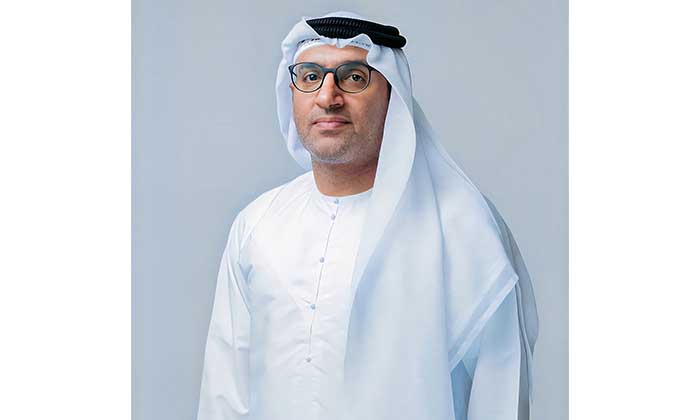Architectural Evolution: 3D Printing’s Impact on Middle Eastern Skylines
Since its inception in the early 1980s, 3D printing has evolved from a niche technology used primarily in research settings to a disruptive force reshaping the real estate industry. This transformation is particularly pronounced in the Middle East, where ambitious architectural projects have become synonymous with the region’s skyline. This article delves into the dynamic landscape of Middle Eastern skylines, highlighting the growing impact of 3D-printed technology and its role in driving groundbreaking architectural achievements.
1. Evolution of 3D Printing in Construction:
Initially limited to prototyping and experimental projects, 3D printing has undergone significant advancements, enabling its adoption in large-scale construction projects. In the Middle East, where architectural grandeur is celebrated, 3D printing has gained traction for its potential to reshape traditional construction practices and accelerate project timelines. Its ability to fabricate complex structures with precision has revolutionized architectural design, offering architects unprecedented creative freedom to bring their visions to life.
2. Sustainability and Efficiency:
In an era marked by growing environmental concerns, sustainability has become a paramount consideration in construction. 3D printing addresses this imperative by minimizing material wastage and energy consumption. By precisely layering materials based on digital models, it optimizes resource utilization and reduces construction time. This reduces environmental impact and enhances cost-efficiency, making it an attractive option for developers seeking sustainable building solutions in the Middle East’s rapidly evolving urban landscapes.
3. Architectural Freedom and Innovation:
3D printing liberates architects from the constraints of traditional construction methods, enabling the realization of avant-garde designs previously deemed unfeasible. In the Middle East, known for its visionary architecture, 3D printing fuels a wave of innovation, giving rise to iconic structures that redefine skylines and captivate the world’s imagination. For example, the 3DXB Group achieved a Guinness World Record for the largest 3D-printed villa in the world. This villa, located in the Al Awir 1 area of Dubai, stands four meters high and boasts an overall built-up area of 300 square meters. Its construction in one seamless session symbolizes technological prowess and sustainable construction practices.
4. Addressing Urban Challenges:
The Middle East faces a myriad of urban challenges, including rapid population growth, housing shortages, and infrastructure demands. 3D printing presents a promising solution to these
challenges by offering faster construction times and cost-effective building methods. Its potential to automate construction processes and reduce labor costs is particularly relevant in the context of addressing housing shortages and fostering sustainable urban development. By leveraging 3D printing technology, the Middle East can unlock new opportunities for inclusive and resilient urban growth, ensuring that its cities remain vibrant and livable for generations to come.
5. Case Studies and Future Prospects:
Across the Middle East, several landmark projects exemplify the transformative impact of 3D printing on architecture. From the world’s first 3D-printed office in Dubai to ambitious urban developments in Saudi Arabia, these projects showcase the technology’s versatility and potential to reshape the region’s skyline. Additionally, initiatives led by companies like 3DXB Group are pushing the boundaries of architectural innovation through their pioneering use of 3D printing technology. Their projects demonstrate the feasibility and scalability of 3D printing in construction and underscore its role in fostering sustainable urban development.
Looking ahead, as 3D printing technology continues to advance, we can anticipate even more ambitious and sustainable architectural achievements in the Middle East. From cutting-edge residential complexes to eco-friendly commercial spaces, the possibilities are limitless. As 3D printing becomes increasingly integrated into mainstream construction practices, it will set new standards for urban living and sustainability on a global scale, redefining the very fabric of Middle Eastern skylines and inspiring future generations of architects and urban planners.
In conclusion, the rise of 3D printing technology is reshaping Middle Eastern skylines, ushering in a new era of architectural excellence and sustainability. From enhanced design capabilities to streamlined construction processes, 3D printing offers a paradigm shift in how buildings are conceptualized and constructed. As the region embraces this transformative technology, we can anticipate a wave of innovative projects that redefine the boundaries of architectural possibility and inspire generations to come.


Comments are closed.